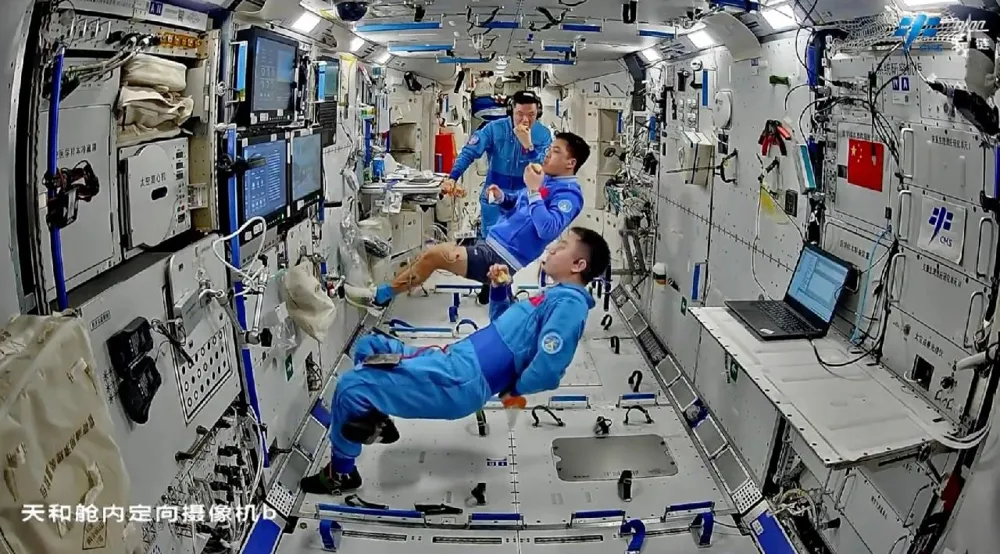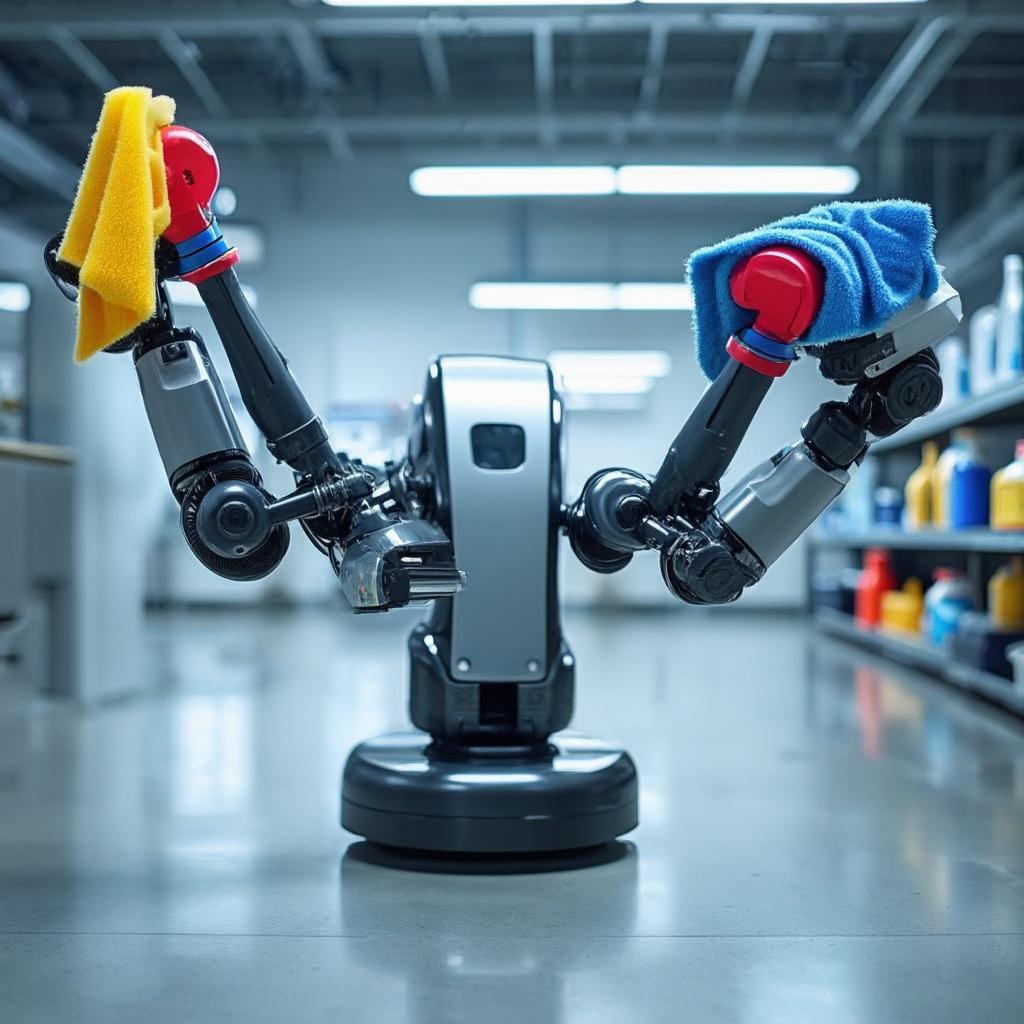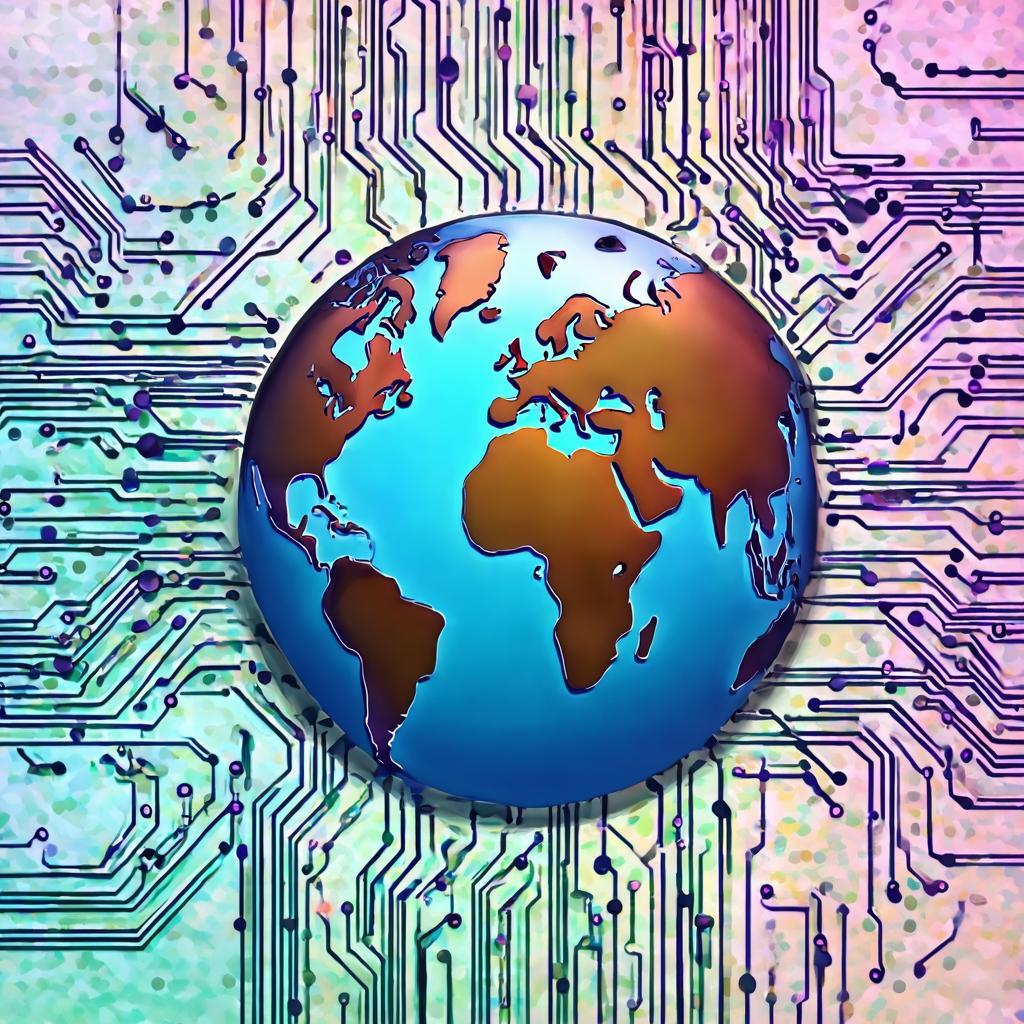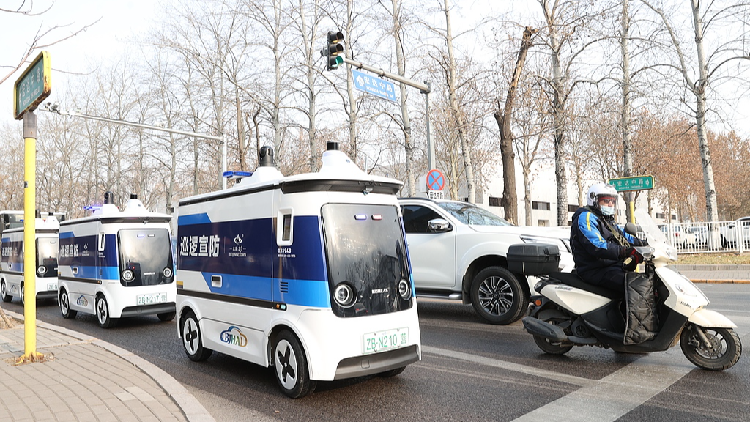Shenzhou-18 Taikonauts Health Strategies for Space Living

The Shenzhou-18 team aboard the China Space Station is making significant strides in managing their health during their ongoing six-month mission in space. As they reach the halfway point of their journey, the crew has recently completed a series of experiments aimed at combatting the physiological challenges posed by weightlessness, according to the China Manned Space Agency.
One of the foremost challenges faced by taikonauts in space is the adaptation to weightlessness. This condition can lead to what is known as 'space adaptation syndrome,' a phenomenon that contributes to bone density loss among astronauts. Addressing this issue effectively is crucial for the health of the crew.
To counteract the adverse effects of bone loss, researchers in China have innovated a specialized device designed to stimulate bone fluid flow through vibrations. This innovative countermeasure relies on the principles of fluid dynamics in bone structures, which can activate cellular activities between osteoblasts and osteoclasts, thus inhibiting the rate of bone loss during prolonged periods in zero gravity.
In footage shared by the CMSA, the taikonauts can be seen harnessing this device. They apply it along the inner side of their tibias, where it delivers short bursts of high-frequency vibration. This targeted stimulation is designed to enhance bone cell activity, improve nutrient flow within bones, and ultimately promote the increase of bone mass during their time in orbit.
Additionally, the crew is engaged in muscle adaptability experiments. They utilize ultrasound technology to assess Achilles tendon stiffness, alongside other advanced measuring devices that evaluate muscle structure and functionality. Foot pressure data collection aids in understanding the lower limb kinematics and the impact of space conditions.
Researchers are performing a comparative analysis of the taikonauts' biomechanical characteristics before, during, and after their mission. This in-depth study will provide insights into how extended exposure to weightlessness and consistent in-orbit exercise influence the biomechanics of the lower limbs. Non-invasive assessments and gathered exercise data help elucidate the evolving dynamics of exercise adaptability in the context of prolonged spaceflight.
For the prevention of muscle atrophy, the crew also employs a nerve-muscle stimulation device. This technology facilitates muscle relaxation and supports interventions against muscle deterioration. Such measures play an integral role in maintaining both skeletal and muscular health throughout their extended stay in space.
Launched on April 25, the Shenzhou-18 spacecraft marks a significant leap in China's manned space program. The mission involves key personnel, including taikonauts Ye Guangfu, Li Cong, and Li Guangsu, and represents the third manned venture in the application and development stage of the China Space Station, as well as the 32nd flight in the broader initiative.
Read These Next

ZhuiMi's Dual-Arm Robot Boosts Cleaning Efficiency
The commentary discusses the significance of ZhuiMi Technology's upcoming dual-arm cleaning robot, emphasizing its integration of AI-driven operational logic and its potential impacts on efficiency in cleaning tasks.

China's DeepSeek and Its Global AI Impact
An exploration of China's DeepSeek and its potential impact on the global AI landscape, challenging traditional notions of AI model development and efficiency.

Beijing to Create 3000 Square Kilometer Autonomous Driving Zone
Beijing plans a 3,000-sq-km autonomous driving zone to boost tech innovation and improve urban mobility efficiency and safety.
